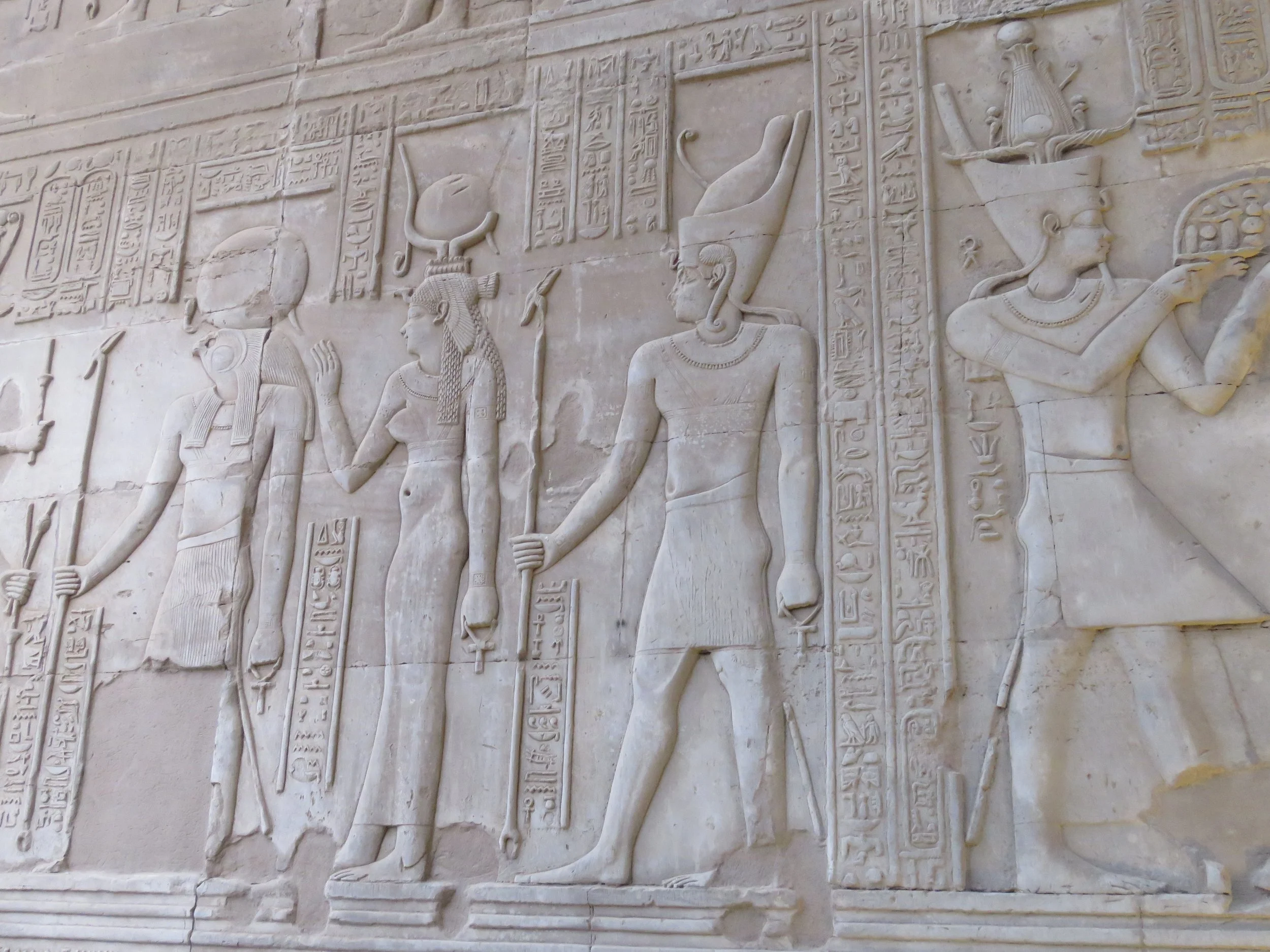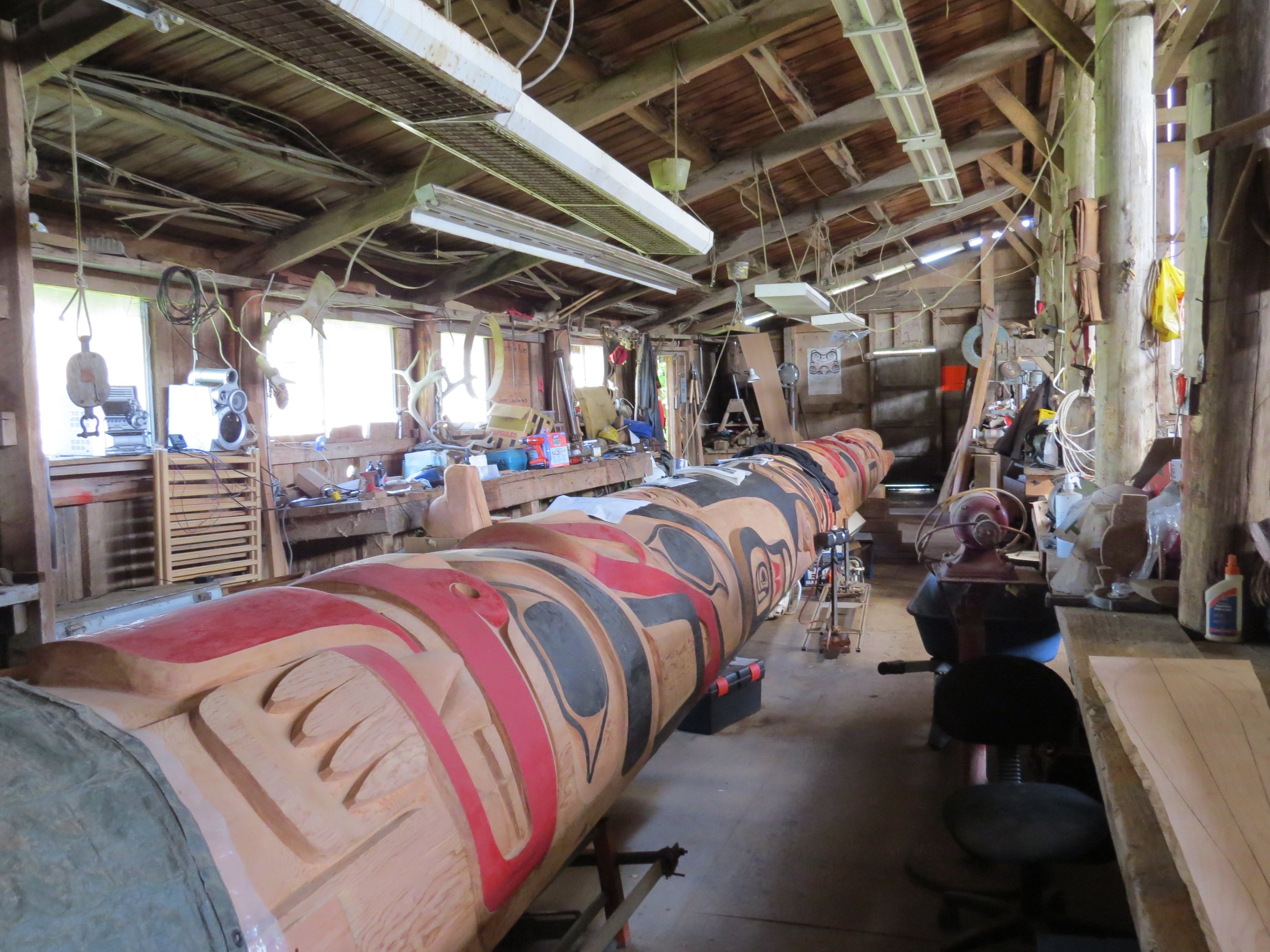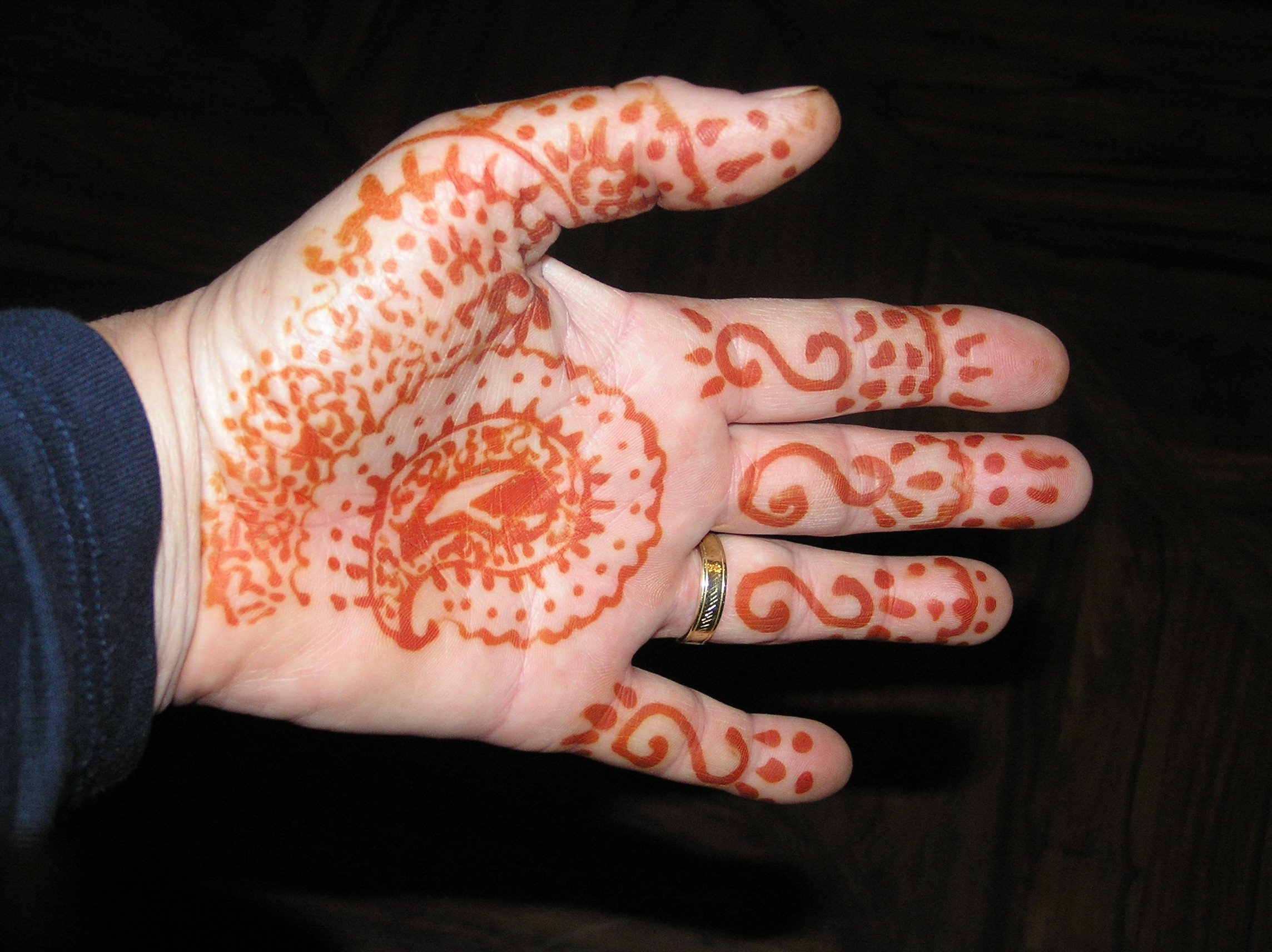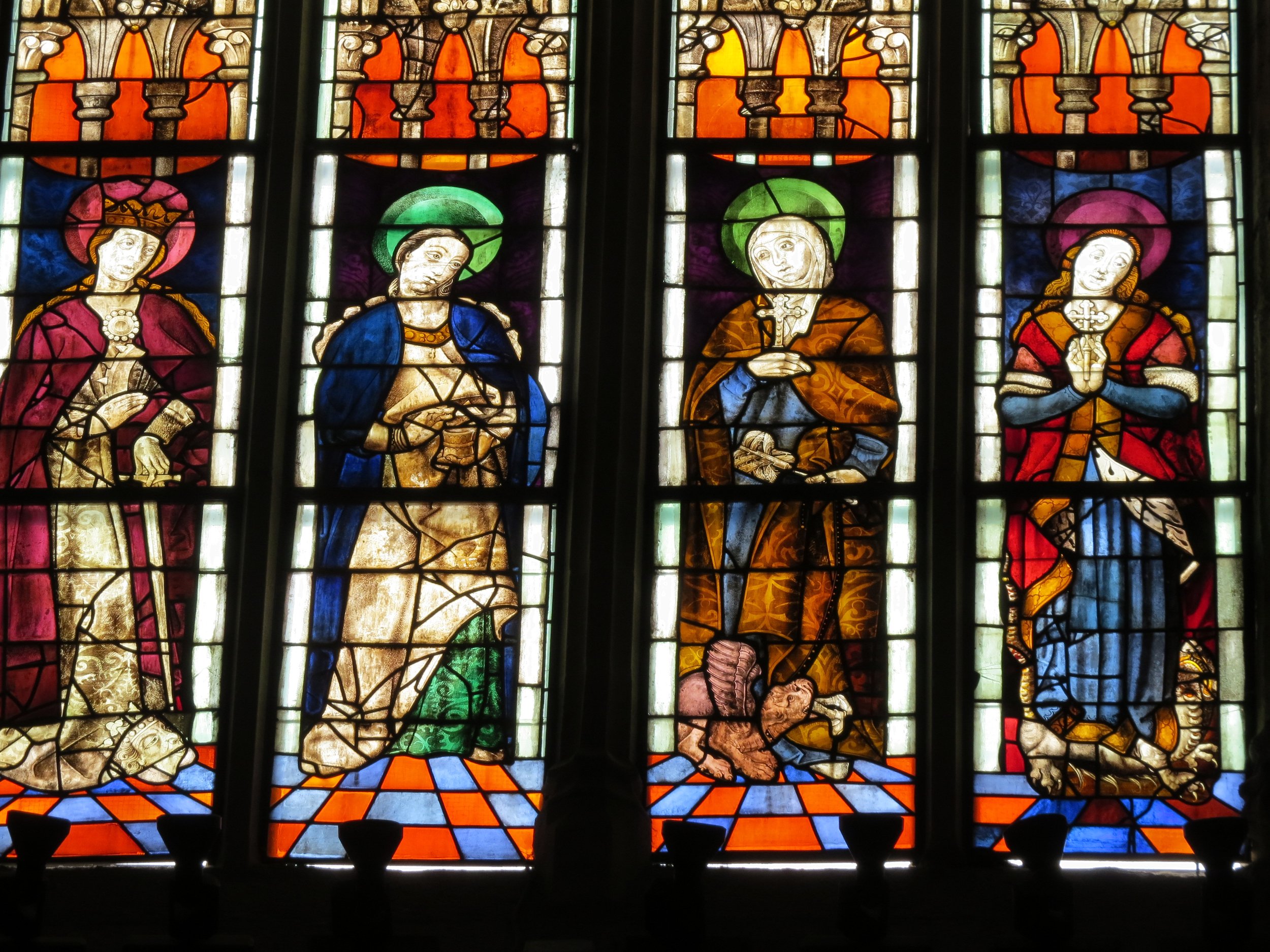As we travel through different countries of the world, we are always awestruck by local artisans. Their craft is often based on traditional skills passed down through generations, and using local resources. But what is art and how is an artisan different from an artist?
The dictionary says that ‘art is the expression or application of human creative skill and imagination, typically in a visual form such as painting or sculpture, producing works to be appreciated primarily for their beauty or emotional power.’
Day and Night - sleeping and waking baby head sculptures in Madrid, Spain by Spanish artist Antonio López García.
An artisan, however, is defined as ‘a worker in a skilled trade, especially one that involves making things by hand: street markets where local artisans display handwoven textiles, painted ceramics, and leather goods - products made in a traditional or non-mechanized way using high-quality ingredients’.
And that makes sense - to see the work of an artist, we go to a gallery or museum. But to see products created by artisans, all we need to do is walk around a village, go to the market, visit a local craft shop. The ingenuity of local craftsmen never ceases to amaze me, especially in developing countries where they have often carved out a niche for themselves using skills or products that form part of their heritage and culture.
Weaver in Egypt
In Myanmar (Burma) we were blown away by artisans. We toured Inle Lake by boat and visited many workshops. There was a blacksmith making hooks and tools. Of course, he created things, tools, that people there had needed for centuries but now was slowly shifting to sell his craft to visitors. We visited a bowl making workshop where strips of bamboo were turned into layers, then lacquered to create pots with intricate designs. The end result looked like a pottery bowl but was carefully crafted out of bamboo strips. These bowls took many days to create and yet they cost next to nothing. I wondered how long it would be before western galleries discovered this amazing art.
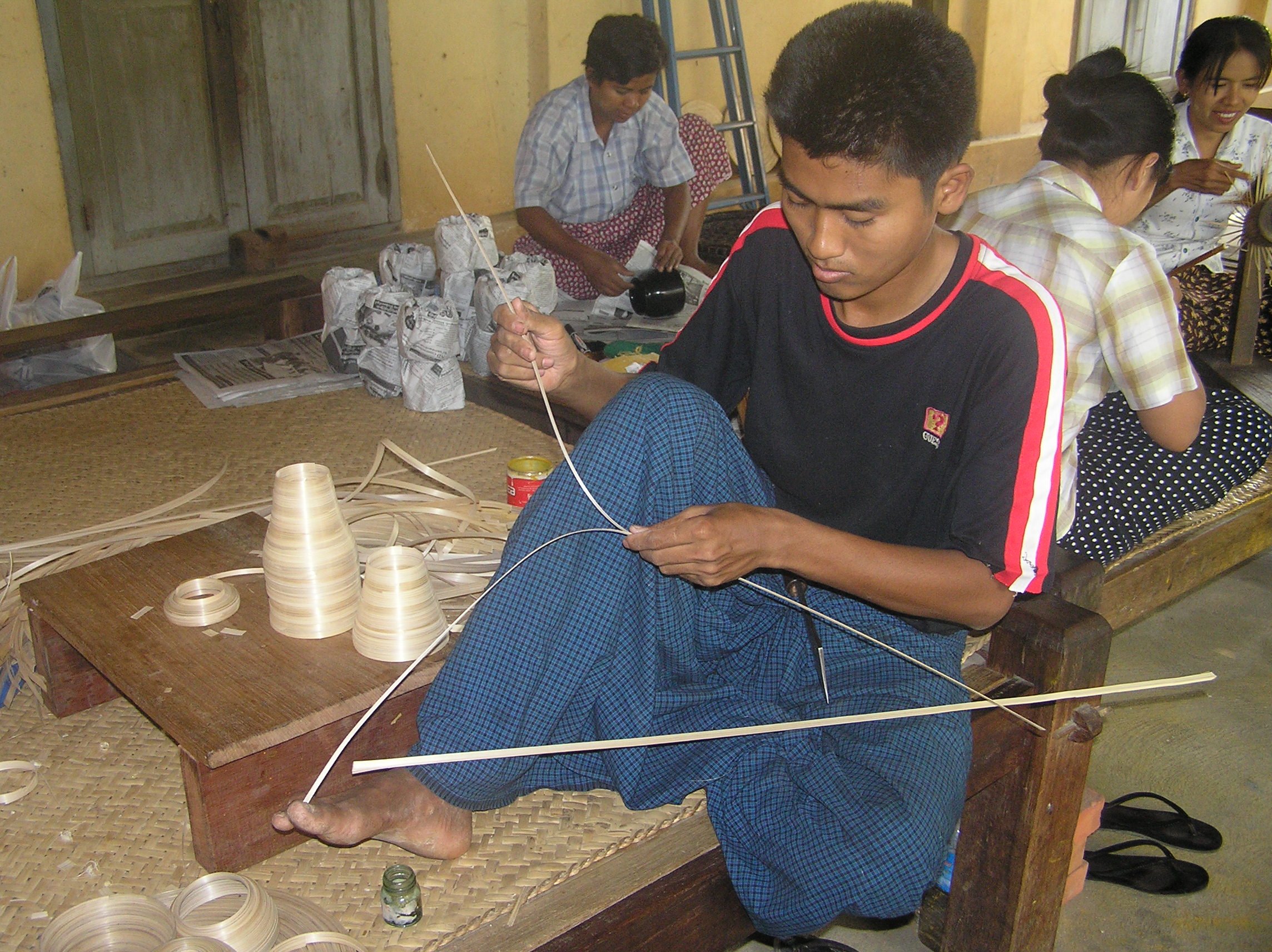
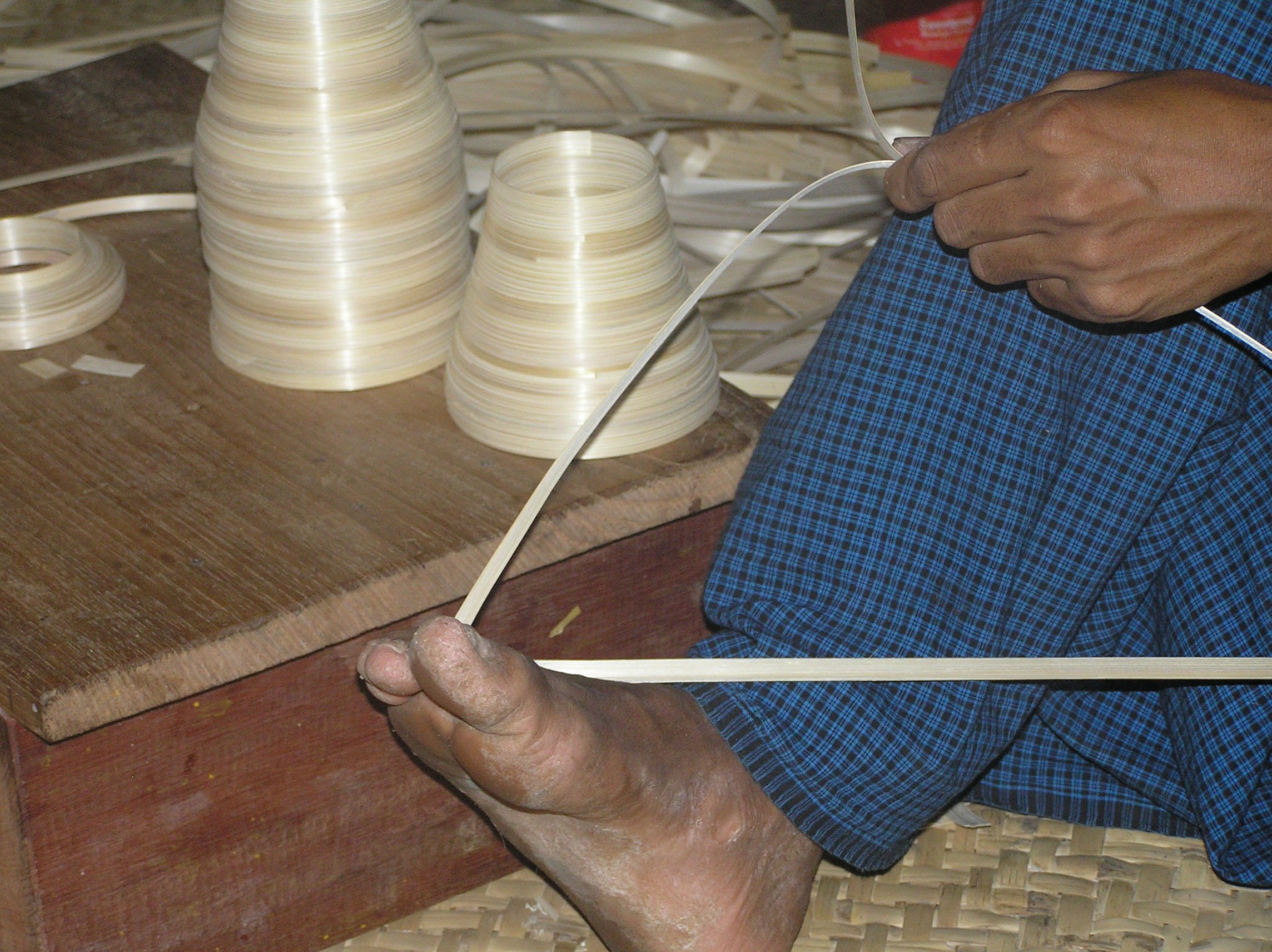
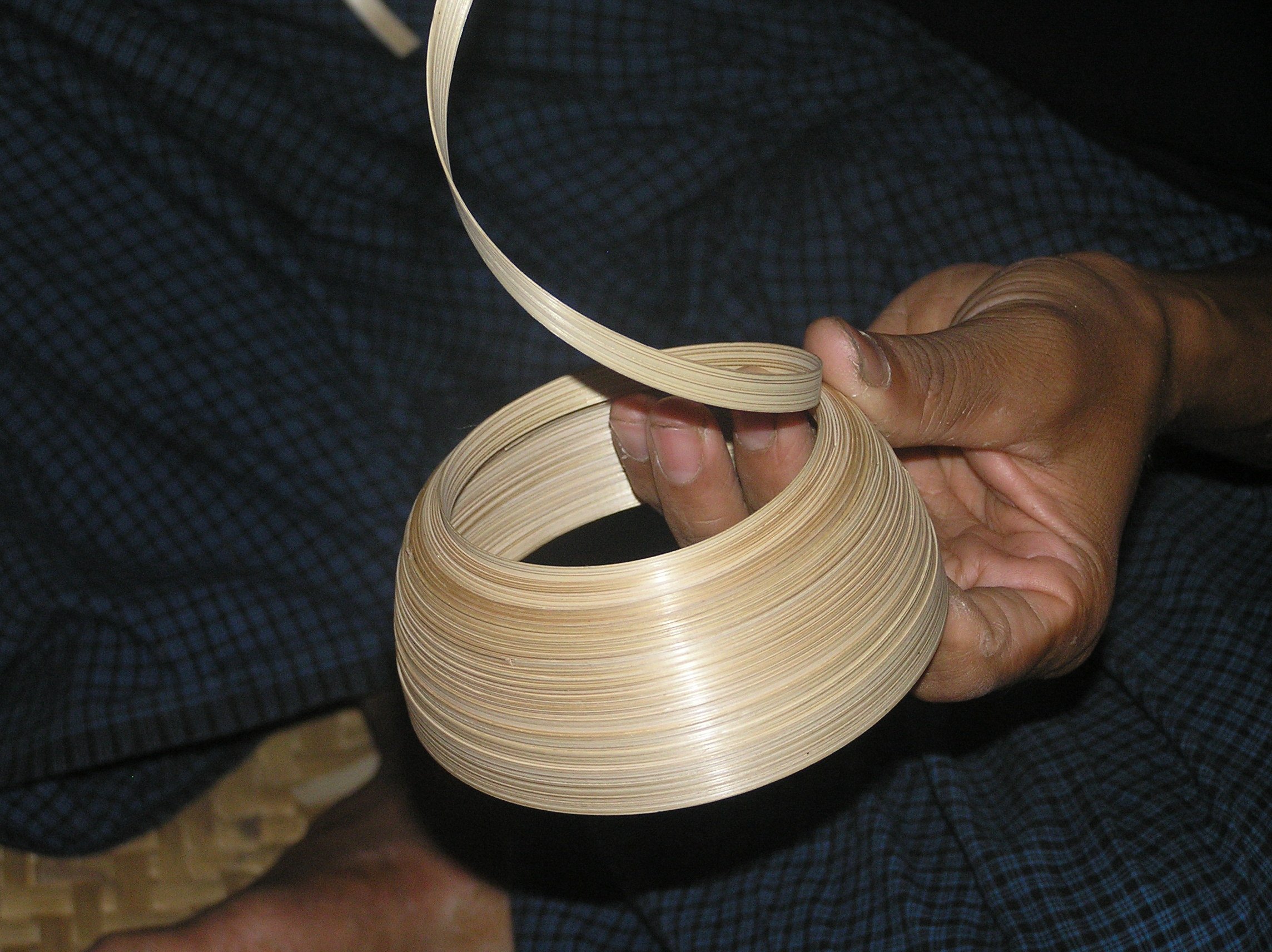
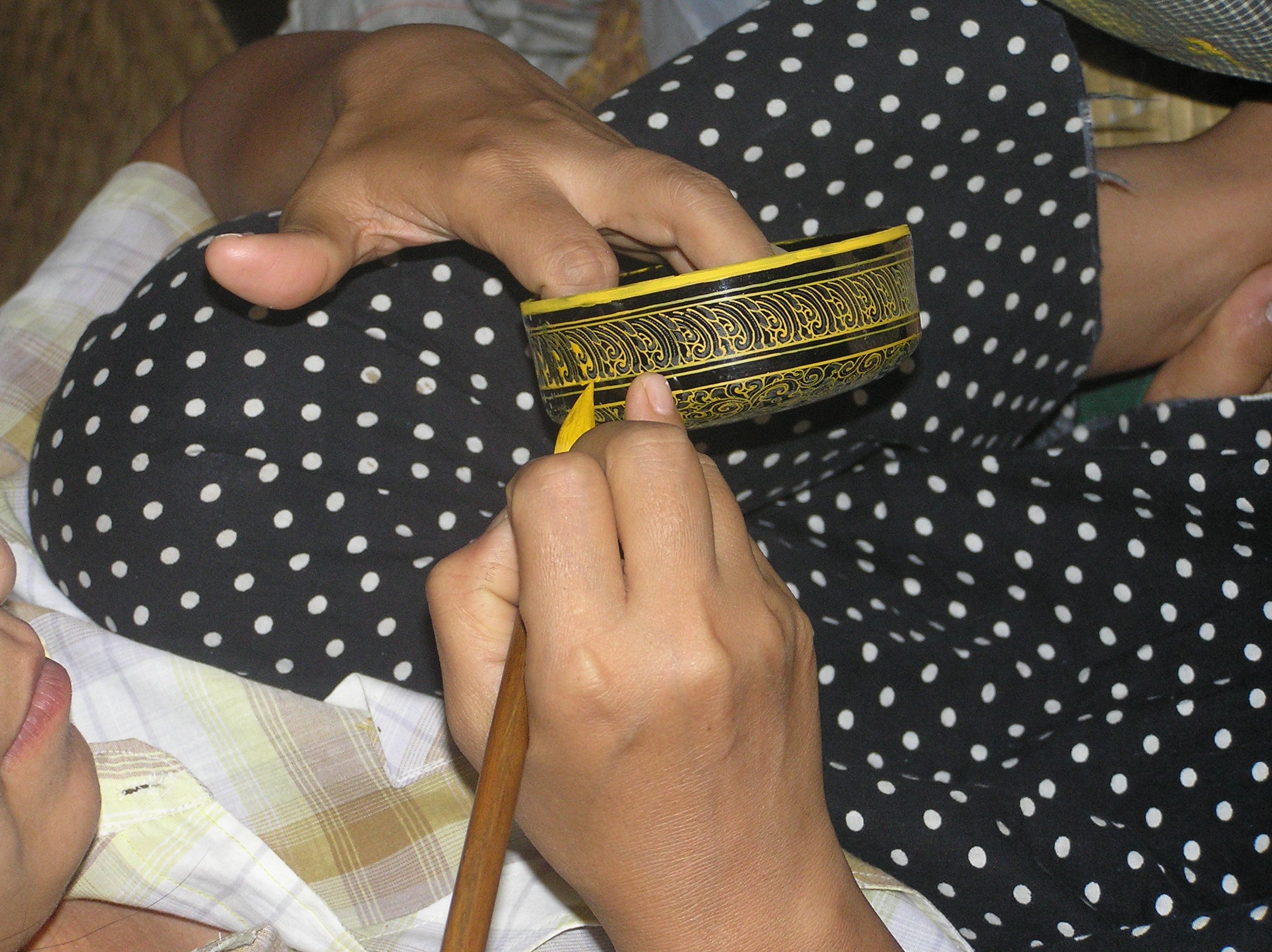

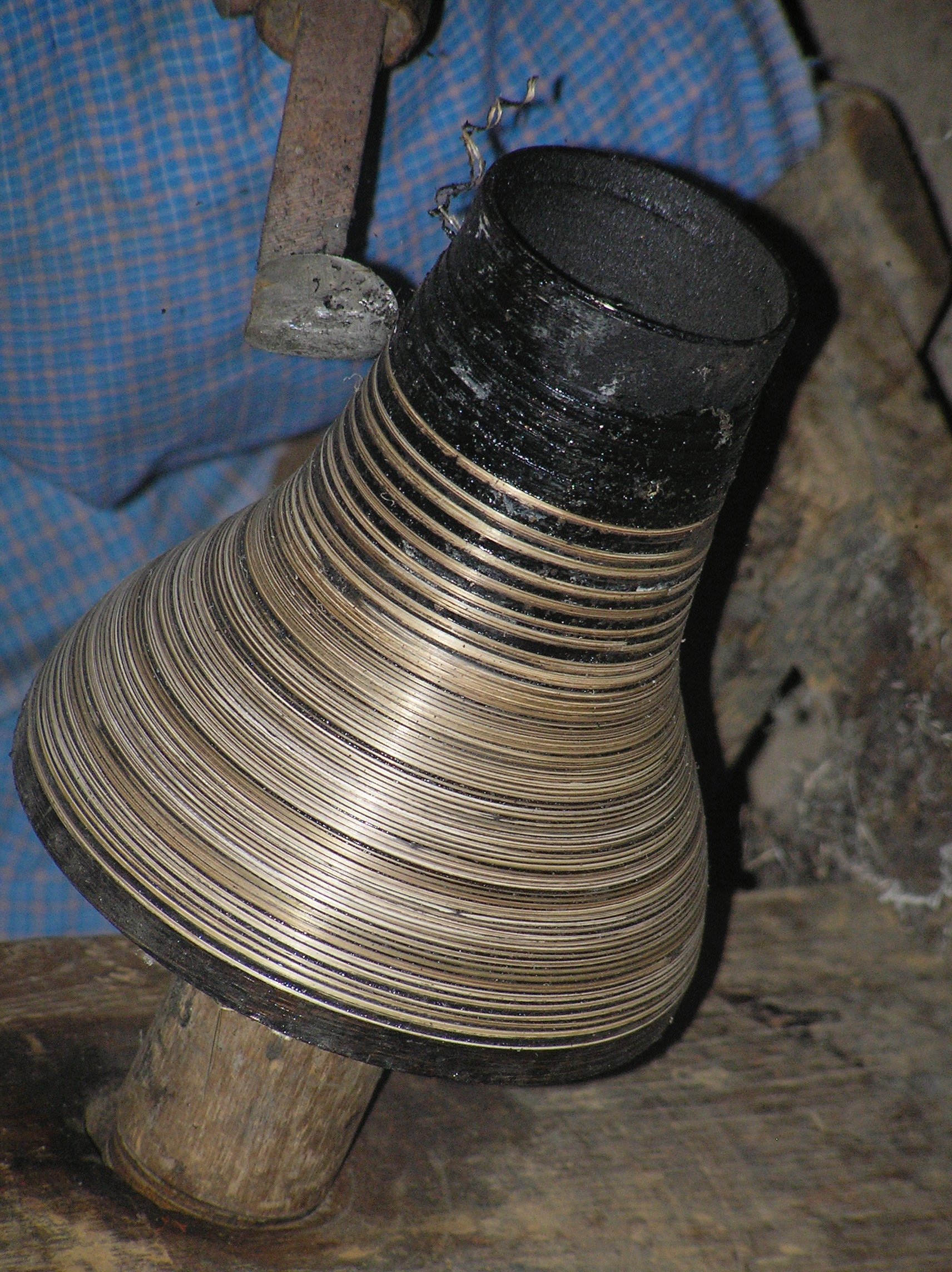
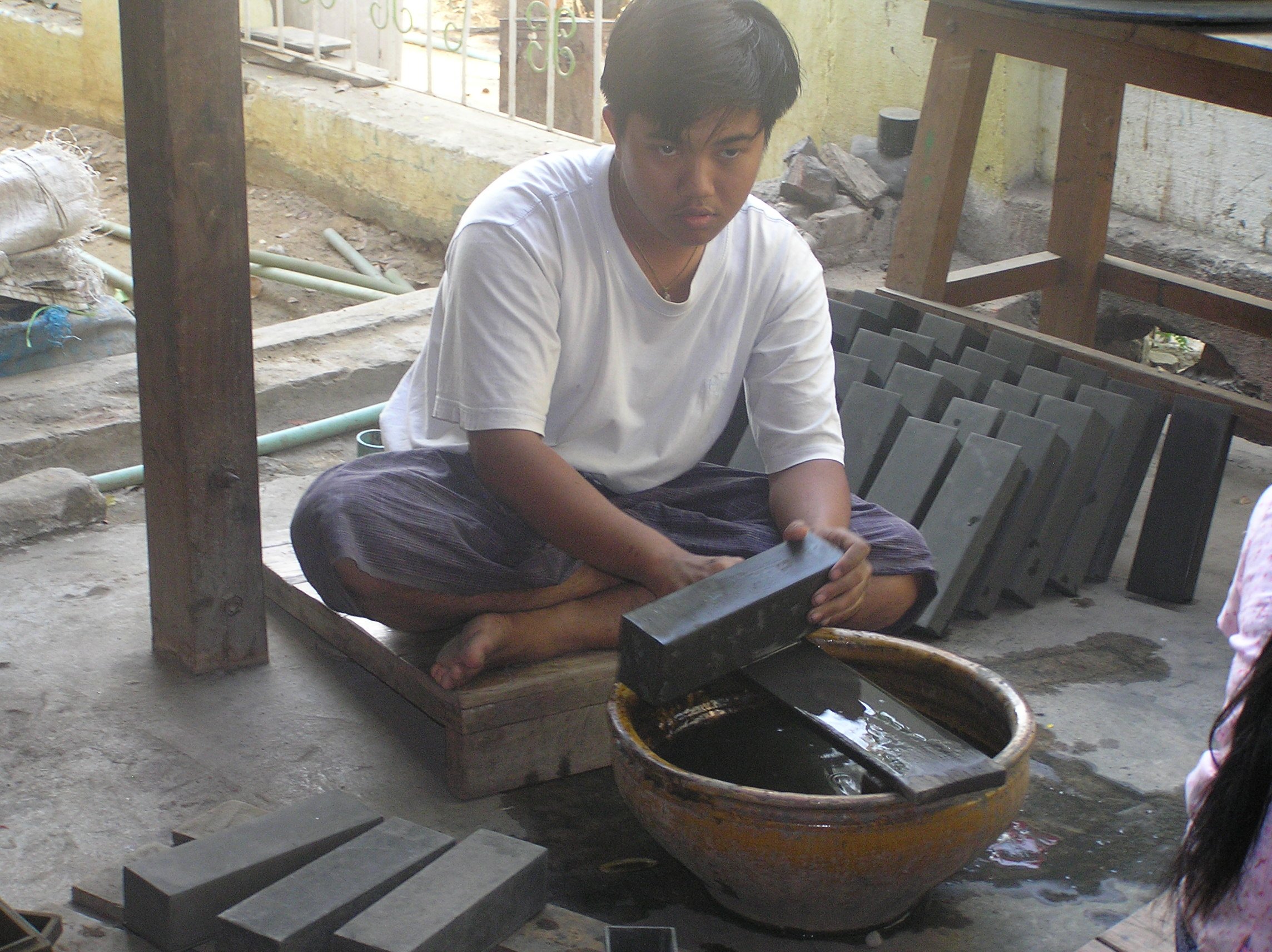
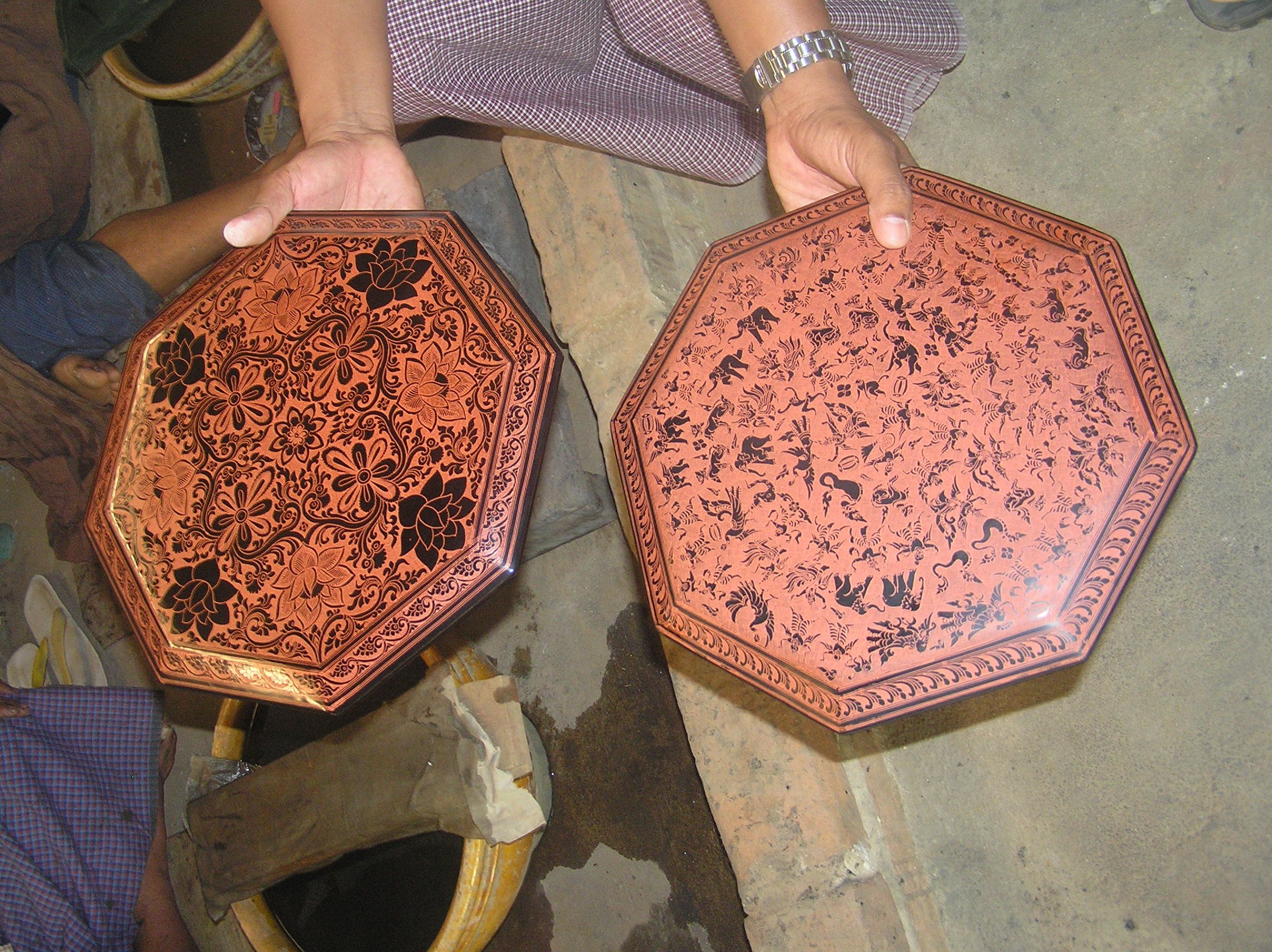

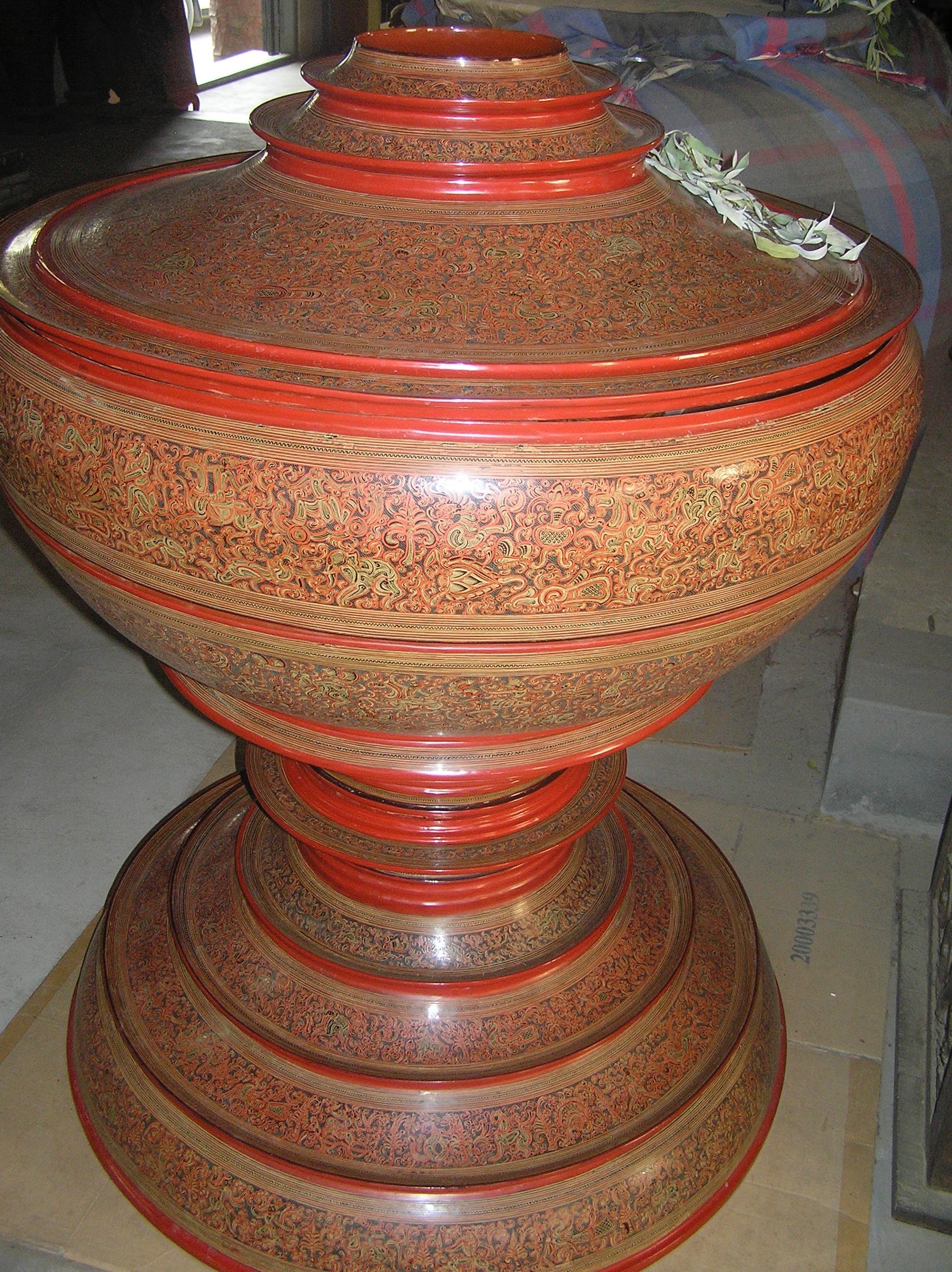
That’s what happened in Canada’s north. James Houston was instrumental in helping the Inuit to bring their crafts to a lucrative market. He wrote a fascinating book - Confessions of an Igloo Dweller - about his many years in the Arctic helping Inuit to bring their art to a southern market. Paintings, drawings and carvings that now sell for thousands of dollars in Ottawa art galleries, were once simply a craft made by people in the far north and sometimes used to trade for tools or clothing. When we visited Iqaluit, the capital of Nunavut, an artist walked by the table of the restaurant where we ate. He pulled a soapstone carving of a polar bear out of his pocket. “How much”, we asked. He shrugged. He’d heard that white people like to barter so his reply was, “Oh, 100 or 90 dollars?”
The typical Nunavut bear carving has the bear take a step forward to the future but look back at the past.
In Beijing we admired painters who worked in front of shops in specific streets lined with nothing but painting stores. An entire painters’ neighborhood.
In Delft, The Netherlands you can also watch artists create world famous blue and white tiles and pottery. You can even enrol in a workshop at the Royal Delft Museum to create your very own master piece.
And in Bagan, Burma we watched a woman on the steps of a temple as she created traditional sand paintings. Using sand, the artist paints with homemade glue and natural colours from the area, on heavy cloth to create the most unique, mindblowing creatings. You can watch one being made here: https://www.seb247.com/stories/sandpainterofbagan.html
In Katherine, Australia we took a workshop taught by an Aboriginal man who showed us how to throw a spear, to play the didgeridoo but also helped us to create a small painting using the typical dots and stripes of Aboriginal art.
In Nazareth, Israel I fell in love with traditional Palestinian embroidery. Usually done on black cloth, red, yellow, white and other coloured threads are used to create amazingly detailed borders and designs on dresses, shirts and scarves. And yes, of course I had to buy one to bring home!
In Ethiopia I watched women at a newly founded workshop as they spun threads from the cocoons of silk worms, dyed it with natural colours and then wove it into breathtakingly beautiful cloth. These, to me, are real artists. They bring their heritage, their tradition and there local resources together to create unique piece of art that can be worn, used or displayed.
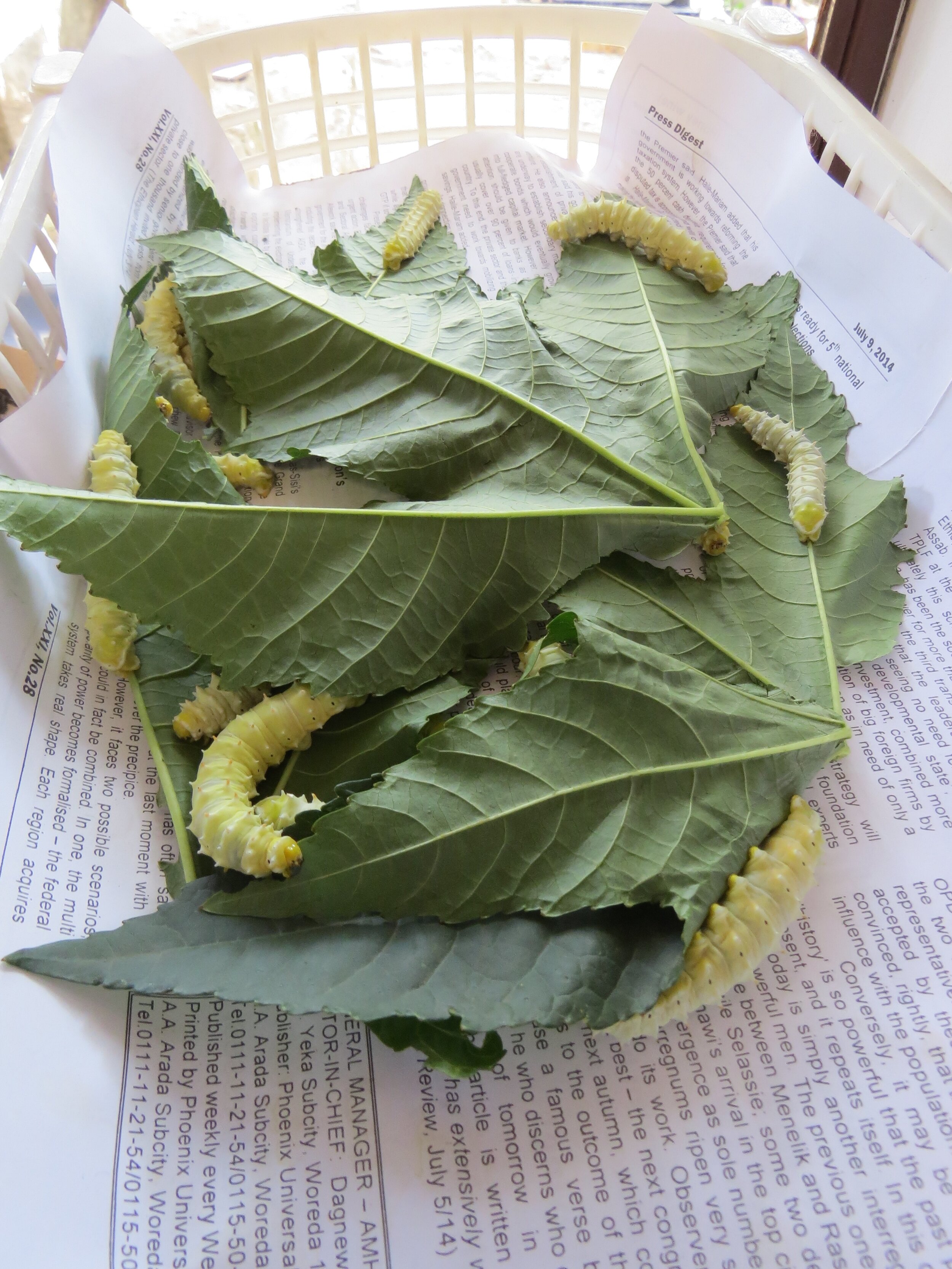

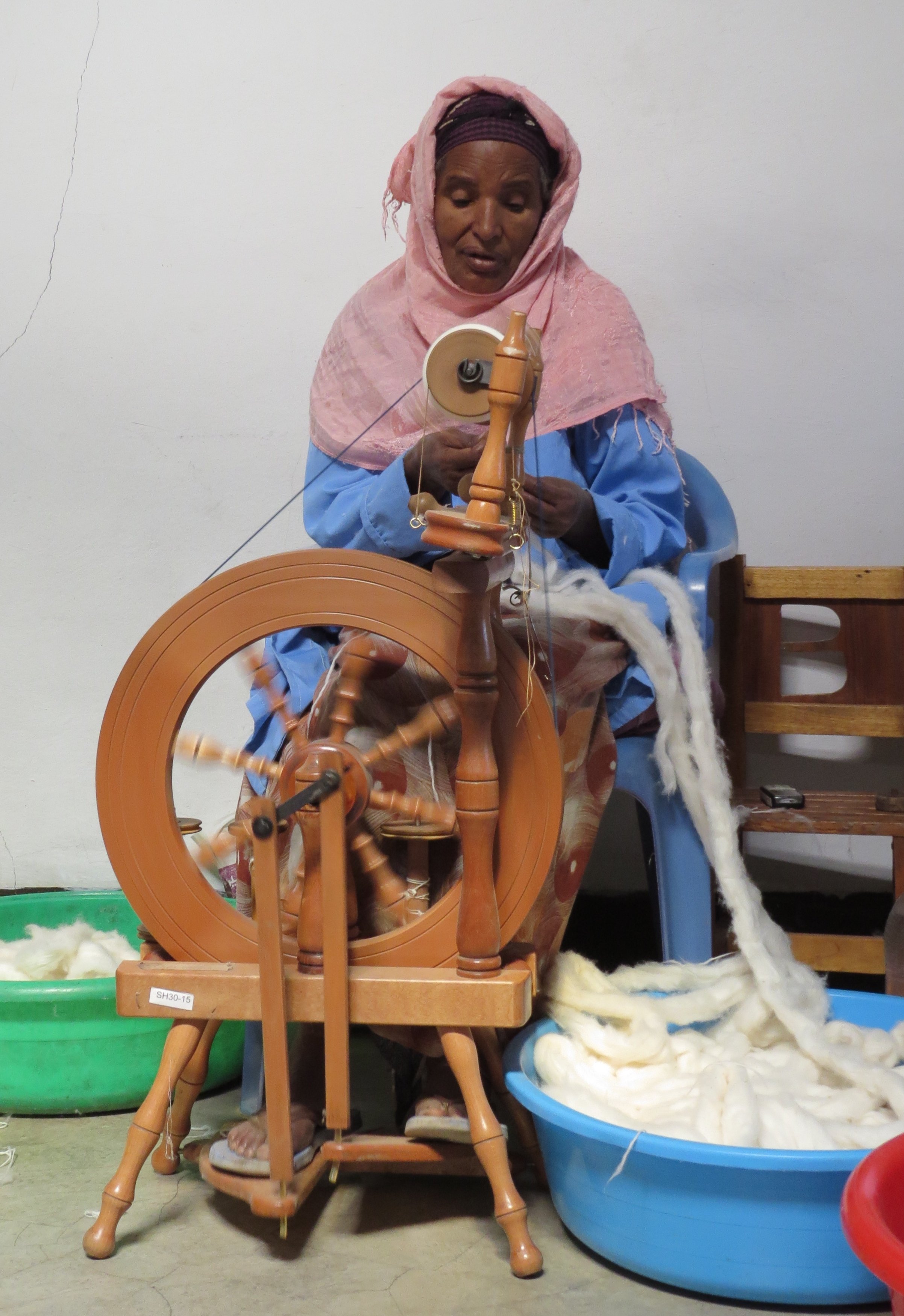
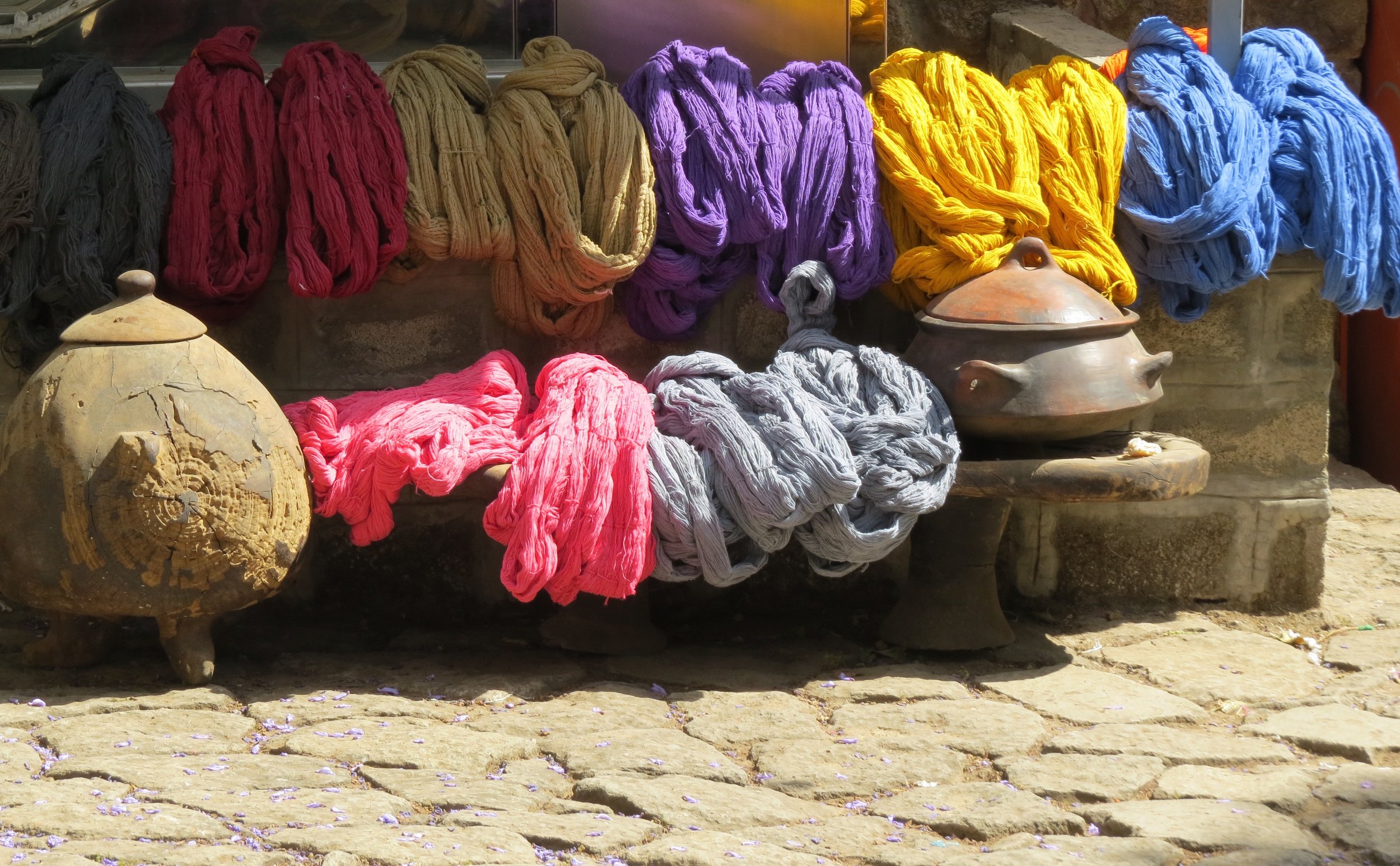
Women’s workshops often help them to not only learn a skill but to create items to sell, which brings income to their families and helps them to feed and educate their children. In Tanzania I bought a gorgeous necklace of stone beads, handmade from local clay and each one painted individually in unique colours and designs by women who previously had no job.
In British Columbia, Canada I love seeing totem poles. To me, these too, are pieces of art just like each mask and carving. There’s a fabulous First Nations Interpretive Centre in Alert Bay on Cormorant Island, that has an extensive display of First Nations art: Umista Centre. https://www.umista.ca/
To me, the totems at the cemetery of Alert Bay are every bit as awesome and sacred as the stain glass windows of a cathedral in Spain or Italy.
We were fortunate enough to witness the carving of a totem pole in Old Massett, BC. The design and carving process is mindblowing.
The creation of a totem is amazing art.
We watched weavers in Cambodia create cloth from silk threads and saw paper being made from papyrus in Egypt - a local craft that changed the world.
In Malaysia we took a small boat out to sea, the Andaman Sea, and saw submerged art! And if murals are art, as seen here in the village of Chemainus on Vancouver Island, then the painted silos of Granville Island are art as well. At least they are very creative!
I chatted with a stone carver in Morocco as he painted and chiselled texts on stone tiles. Is his craft different from an artist painting what we call ‘graffiti’ on the walls of a skate park? The word ‘graffiti’ comes from Italian meaning ‘writings on the wall’….
Is the Sistine Chapel much different from detailed beadwork design crafted into a baby carrier on Borneo? Or are both created by equally gifted and talented artists reflecting their time and place on earth?
My hand painted in henna for a wedding in Pakistan.
I find it intriguing that artists are generally the lowest paid and often least appreciated people. Yet art is what is left when a civilization disappears. We have learned from sculptures, cave paintings, hieroglyphs, pottery… what people in each era did and create, how they lived. Perhaps beauty is in the eye of the beholder. To me, a bowl created from bamboo strips, cloth woven from lotus fibers, or henna designs painted on hands are every bit as impressive as the Nightwatch by Rembrandt or the Pieta by Michaelangelo. And you can find art in any culture on earth.
BOOKS:
Confessions of an Igloo Dweller, James Houston
The Chemainus Murals
RESOURCES:
All images ©Margriet Ruurs
